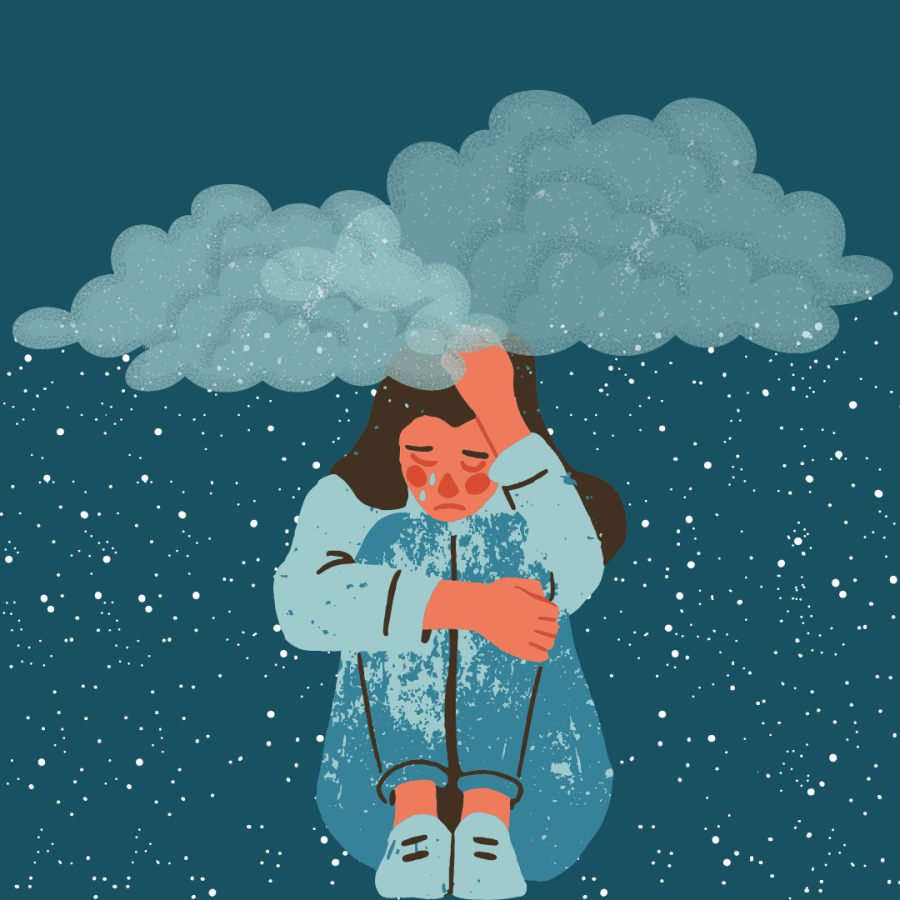As the seasons change, some individuals experience shifts in mood and energy levels, a phenomenon commonly known as seasonal depression or seasonal affective disorder (SAD). Let’s delve into the intricacies of this condition, exploring its causes, symptoms, and effective coping strategies.
Understanding Seasonal Depression:
Seasonal depression, also referred to as seasonal affective disorder (SAD), is a subtype of depression that typically occurs during specific seasons, most commonly in the fall and winter months. While less common, some individuals may also experience SAD during the spring or summer.
Causes of Seasonal Depression:
The exact cause of seasonal depression is not fully understood, but several factors may contribute to its onset. Reduced exposure to sunlight during the winter months can disrupt the body’s internal clock and serotonin levels, leading to changes in mood and energy levels. Additionally, fluctuations in melatonin production may play a role in SAD.
Symptoms of Seasonal Depression:
Symptoms of seasonal depression are similar to those of major depressive disorder and may include persistent feelings of sadness, loss of interest in activities, changes in appetite or weight, difficulty sleeping, and low energy levels. Individuals with SAD may also experience irritability, difficulty concentrating, and social withdrawal.
Diagnosis and Treatment:
Diagnosing seasonal depression typically involves a thorough evaluation by a healthcare professional, including a review of symptoms and medical history. Treatment options for SAD may include light therapy, where individuals are exposed to bright artificial light to mimic natural sunlight. Additionally, psychotherapy, antidepressant medications, and lifestyle modifications such as regular exercise and stress management techniques may be recommended.
Coping Strategies for Seasonal Depression:
In addition to seeking professional treatment, there are several self-care strategies that individuals with seasonal depression can incorporate into their daily routine. Spending time outdoors during daylight hours, even on overcast days, can help regulate circadian rhythms and improve mood. Engaging in regular physical activity, maintaining a balanced diet, and prioritizing adequate sleep are also essential for managing symptoms of SAD.
Conclusion:
Seasonal depression, or seasonal affective disorder (SAD), is a form of depression that occurs cyclically during specific times of the year. By understanding its causes, symptoms, and effective coping strategies, individuals affected by SAD can take proactive steps to manage their condition and improve their quality of life. With proper treatment and self-care, it is possible to alleviate the symptoms of seasonal depression and embrace each season with resilience and vitality.
Keywords for SEO:
- Seasonal depression
- Seasonal affective disorder
- Causes of seasonal depression
- Symptoms of seasonal depression
- Treatment for seasonal depression
- Coping strategies for SAD
- Light therapy for SAD
Source – Cleveland Clinic



